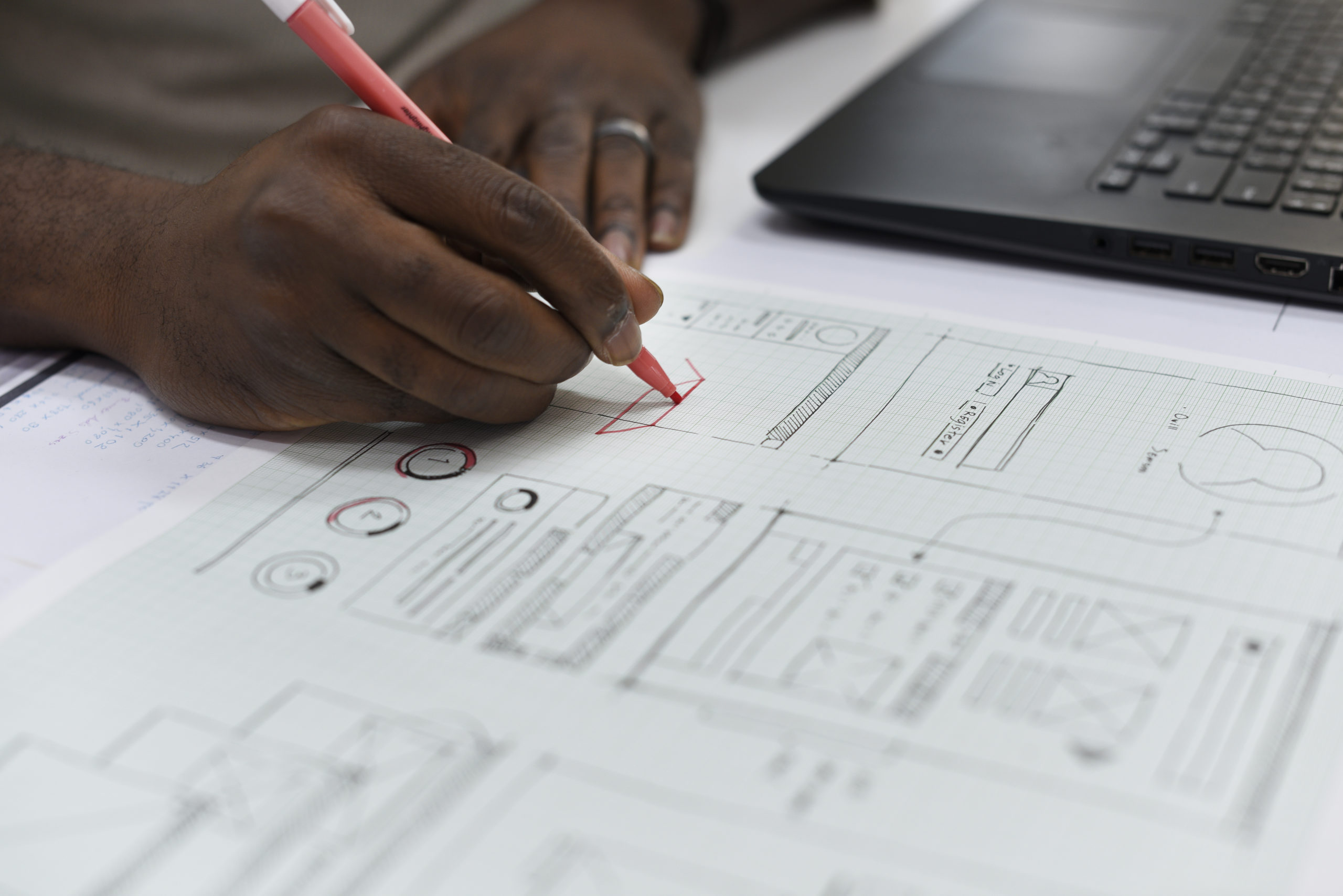Every day, the context in which we move changes. Technological advancements, disruptive ideas, and economic shifts are among the top factors that remodel the business landscape. Naturally, some products and services become obsolete, pushing companies to find ways to stay relevant.
As trends come and go, consumers may not respond to brands as much as they used to. When this happens, it’s crucial you take a look at your ranking and re-strategize accordingly. One of the things that typically need an update is your website.
While a website design might have been a hit in the past, no one is granted a perpetual seal of approval. You can tell you’re due for a website redesign when you’re not getting as much traffic as you’d like or when visitors start to bounce more often.
Nowadays, it’s vital that your website works on mobile so there’s no going around tweaking your portal if it isn’t optimized for mobile-first indexing. Changes in business goals, rebranding, and current SEO practices also commit business owners to invest in revamping their website.
Now that you have an idea of what can outdate your pages, it’s time to learn what it takes to redesign a website. Here are a couple of things that are involved in the process:
Clarifying Your Goals
As mentioned, there are several reasons why you might want to redesign your website. Certain goals will call for more work than others so it’s important to know exactly what you’re after to be cost-efficient.
List down the general things you want to achieve by redesigning your website. Is it to up your sales? Reach a different demographic? Or are you aiming to renew the image of your brand?

The next step is to zero in on the specifics. What particular tweaks do you have in mind and, more importantly, what response do you want out of your visitors? Identifying these goals will help determine the direction your web redesign needs to take: whether you’re changing your color palette, repositioning elements, or adding functionalities.
Finish your list by arranging goals in order of priority and assigning metrics where possible. You want targets that are measurable so you can track your performance. By looking at how you have progressed, you can extrapolate the impact of your new web design in tangible terms.
Research and Strategizing
With clear goals at hand, you can now move on to research and strategizing. This involves digging into your website analytics to dissect metrics and see where you stand. The point of this step is to help you understand what is currently working on your website and what’s not.
It will also reveal data about your visitors—their demographics, web activity, and how they interacted with your pages. Pinpointing which elements your audience is not responding well to will guide you in crafting new CTAs, content, and design elements.
There are quite a number of bases you need to cover at this stage before you can move forward. Aside from a website audit, you need to develop a buyer persona, run tests, analyze content and SEO, and conduct competitive analysis.
In-depth research will tell you where to focus your improvement efforts. In addition, it gives you a heads up on any additional technology requirements or features that must be integrated into your new design.
Drafting Your Website
Now comes the exciting part: you finally get to draft the new look of your website.
Wireframes allow you to visualize the different elements of your site before it gets built. It acts as a blueprint or skeletal framework where you can arrange blocks and content as you please. Wireframes are only schematics, so they don’t have to contain every detail that will appear on your actual website.

Its function is more to map out where buttons, images, and content should go based on your strategy. Collaborating with your web designer is best to learn about what’s feasible and what layouts are expected by modern-day consumers.
A vital note here is to refer back to your personas at every turn. Remember that the end goal is to tap into your target audience and convert them into paying customers. As much as you want to make your website your own, you’re not designing it for you.
Always consider your customers’ preferences and purchasing habits to make their journey down the sales funnel as frictionless as possible. Well-executed conversion points equal better sales, thus a higher return on investment.
Considering Time and Budget
Web developers usually give their quotation once they receive your draft and ironed out expectations. They will also give you an estimated timeframe in which the redesign will be completed.
The cost of redesigning your website will depend on the kind of enhancements you want to be done and who you hire. Freelance web designers typically charge $2,000 to $5,000 to start. This price can shoot upwards of $10,000 for major customizations.
On the other hand, working with a local web development agency can cost you $15,000 to $20,000. Perhaps the most cost-effective solution is to outsource website redesign services from countries like the Philippines or India. Starting at $3,000, you can get quality service to boost your performance and help you compete with big brands.
Similar to cost, the duration is determined by the complexity and scope of the project. Simple websites with 10-15 pages usually take 4-6 weeks to restructure. This estimate does not include the preliminary stages of the website redesign process.
Testing your buyer personas and website concepts alone can take up to three months or more, depending on how thorough your research is going to be. The sooner you can finalize your draft, the sooner you can forward it to your developer and set a launch date.
Building on Your New Web Design
This is the part where your vision comes to life. Your web developer and designer will basically take the raw wireframe layouts and materialize it through code and graphic design.
While it sounds pretty straightforward, it’s not an easy task. There are a lot of technical intricacies involved in converting blueprints into functional web pages. Web developers and designers consider UX, mobile-friendliness, speed, and responsiveness on top of visuals.
Of course, with a professional, your website will come out just as you imagined—or better.

Fine-Tuning
Your new design is ready for publishing only after it has gone through user-testing. Having people look at your website with a fresh set of eyes is always a good thing because they can point out flaws that you would have otherwise missed.
Let your beta testers perform several main actions on the site and have them navigate through your pages. Take note of their comments and tweak the design wherever necessary.
Avail On-Call Web Development Services
Is your website due for maintenance or in need of custom features? Avail of the best website redesign services at Devwerkz. Get in touch with us today.